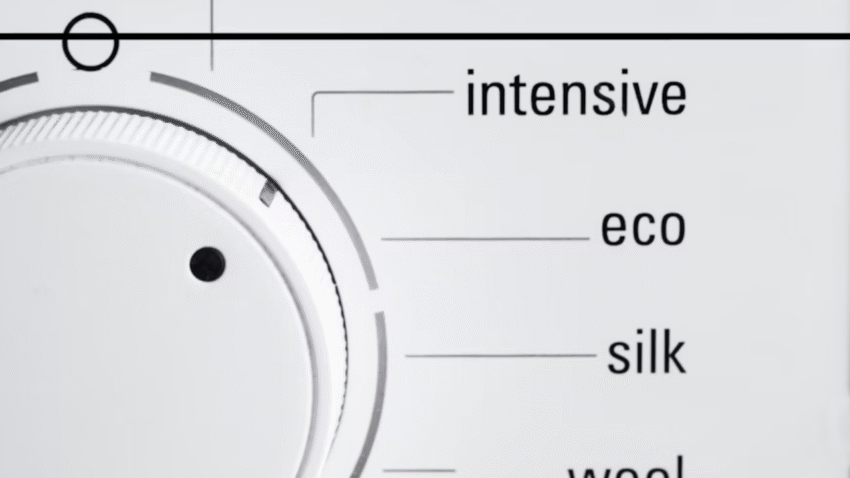Introduction
If your laundry room feels cluttered and you’re short on storage space, open shelves can be a game-changer. They not only provide easy access to your laundry essentials but also make the space feel larger and more organized. This guide will walk you through how to build open shelves for laundry room storage—even if you’re on a budget or have minimal DIY experience. With a few basic tools and materials, you can create shelves that look great and help you keep everything from detergent to towels neatly stored.
Why Open Shelves Matter for Your Laundry Room
Open shelving is one of the most cost-effective and functional storage solutions for a laundry room. Unlike cabinets, open shelves don’t require doors or hinges, making them easier and cheaper to install.
Benefits of open shelving in the laundry room include:
- Easy Access: Quickly grab detergent, dryer sheets, or cleaning supplies without opening doors.
- Better Organization: Group laundry items into baskets or bins for a clean, clutter-free look.
- Custom Fit: Build shelves to match your laundry room’s exact dimensions.
- Budget-Friendly: Fewer materials mean lower costs compared to cabinets.
- Decorative Touch: Style your shelves with matching baskets, jars, and folded towels to enhance the room’s appearance.
By adding open shelves, you’re creating storage that’s practical, affordable, and visually appealing.
Step-by-Step Guide to Building Open Shelves
1. Plan Your Shelf Layout
Before you start, decide where your shelves will go. Common placements include:
- Above the washer and dryer
- On an empty wall
- In unused corners
- Over a laundry sink
Measure the available space and decide how many shelves you want. Consider the height of the items you’ll store so you can adjust shelf spacing accordingly.
2. Choose Your Materials
The most common options for laundry room shelves are:
- Solid wood boards for a warm, rustic look.
- Plywood for a budget-friendly option that can be painted or stained.
- Melamine boards for a sleek, wipeable surface.
For brackets, choose between:
- Metal brackets for an industrial or modern look.
- Floating shelf hardware for a clean, minimal appearance.
3. Gather Your Tools and Supplies
Here’s what you’ll typically need:
- Tape measure
- Pencil
- Level
- Drill
- Screws and wall anchors (appropriate for drywall or studs)
- Saw (if cutting boards yourself)
- Sandpaper
- Paint or stain (optional)
4. Locate Wall Studs
Use a stud finder to locate the studs in your wall. Mark them lightly with a pencil. Anchoring at least some of your brackets into studs ensures your shelves can hold heavy laundry items without sagging.
5. Cut and Prepare the Boards
If you bought pre-cut boards, you can skip this step. Otherwise, cut your boards to the desired length using a saw. Sand all edges to prevent splinters.
If you plan to paint or stain your shelves, do it now before installation. Let them dry completely before moving on.
6. Install the Brackets
Hold the first bracket up to the wall at your desired shelf height and mark the screw holes. Drill pilot holes and insert screws (using wall anchors if not securing into a stud). Use a level to ensure each bracket is perfectly horizontal before securing.
Repeat this process for all brackets, making sure they’re evenly spaced and aligned.
7. Attach the Shelves
Once the brackets are in place, set your shelf boards on top. Secure them with screws from underneath, going through the bracket holes into the wood.
8. Organize Your Shelves
Now that your shelves are installed, it’s time to arrange your laundry supplies. Use matching baskets or bins to group similar items, store detergent in clear jars for a neat look, and keep frequently used items at eye level for convenience.
Common Mistakes to Avoid
- Skipping Stud Anchoring
- Mistake: Relying only on drywall anchors for heavy laundry items.
- Solution: Always anchor at least one bracket per shelf into a stud for strength.
- Poor Measurements
- Mistake: Cutting boards too short or too long for the space.
- Solution: Measure twice, cut once.
- Uneven Shelves
- Mistake: Installing brackets without checking for level alignment.
- Solution: Use a level before securing each bracket.
- Overloading Shelves
- Mistake: Storing too many heavy items and causing sagging.
- Solution: Spread weight evenly and choose sturdy materials.
- Neglecting to Finish the Wood
- Mistake: Leaving raw wood unsealed, which can absorb moisture in humid laundry rooms.
- Solution: Paint, stain, or seal shelves for durability.
Extra Laundry Tips & Hacks
- Add Hooks Under Shelves: Install small hooks beneath your shelves for hanging mesh laundry bags, dusters, or spray bottles.
- Use Tiered Baskets: Place multi-level baskets on shelves for sorting small laundry items.
- Decorate with Function: Add small potted plants, scented candles, or folded towels to make your laundry room more inviting.
If you enjoyed this guide, check out our “How to Organize a Small Laundry Room on a Budget” article for more space-saving solutions.
Conclusion
Building open shelves for laundry room storage is an affordable, beginner-friendly project that can transform your space. With a few tools, some simple materials, and a little time, you can create custom storage that fits your exact needs.
Pro Tip: Plan your shelves not just for storage, but also for style—choose materials and arrangements that make your laundry room feel like a place you want to be.
Bookmark this guide so you can reference it next time you need more storage in your laundry room.
